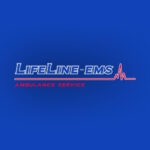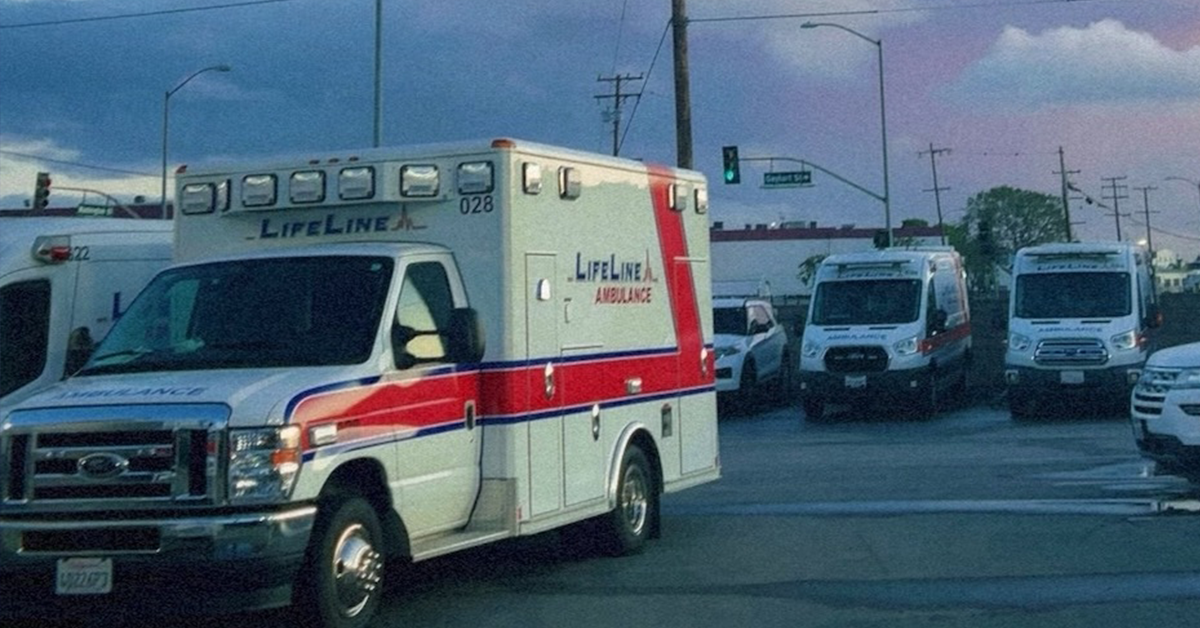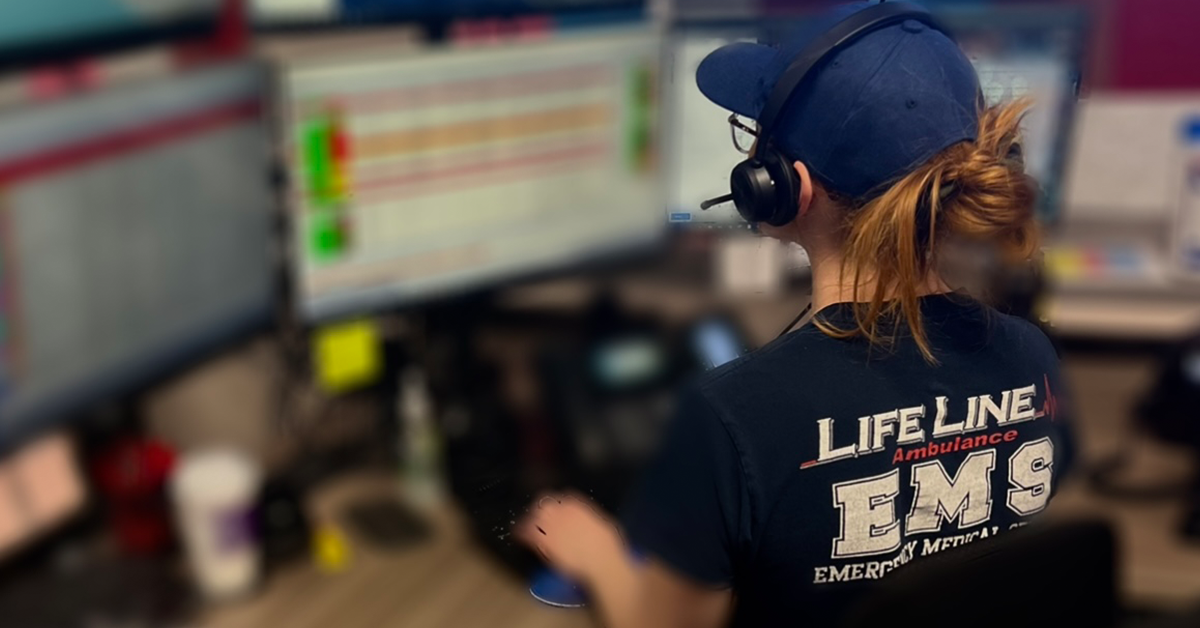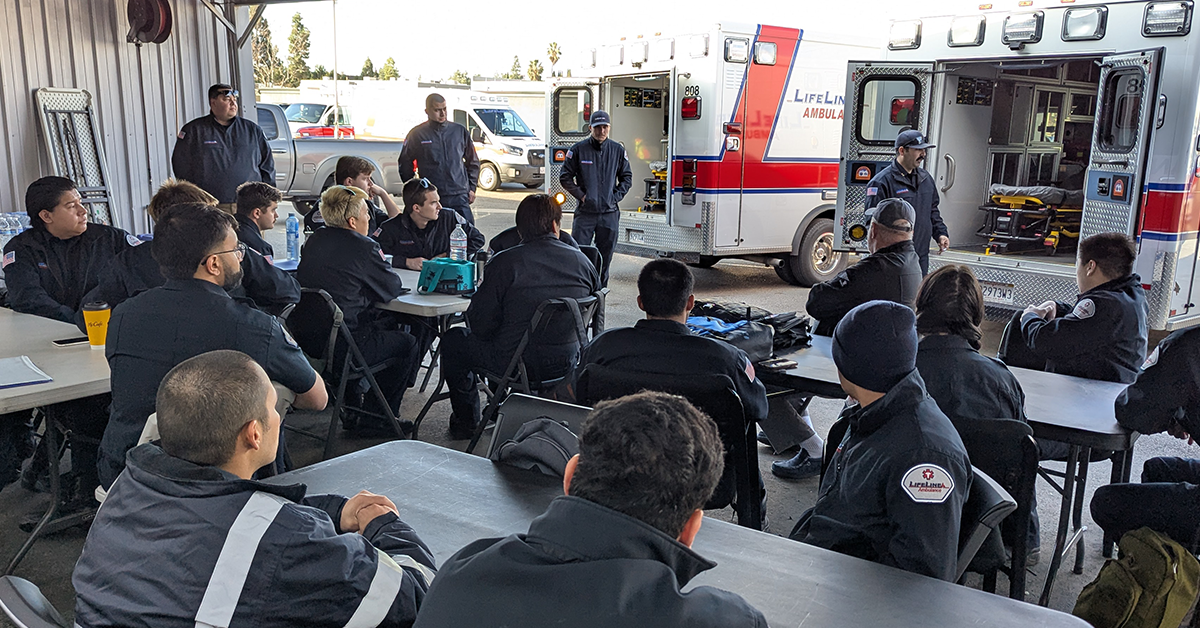Emergency Medical Services (EMS) have transformed dramatically over the centuries, evolving from simple horse-drawn carriages to sophisticated, life-saving ambulances equipped with advanced technology. This evolution reflects the growing commitment to providing timely and effective medical assistance to individuals in emergencies. In places like Los Angeles and Southern California, the rapid pace of urban growth has driven innovation in EMS, ensuring faster response times and better patient outcomes.
The Beginnings: Horse-Drawn Carriages and the Birth of EMS (1800s)
The concept of EMS can be traced back to the 1800s, long before the invention of the modern ambulance. The first recorded instance of an ambulance-like service dates back to the Napoleonic Wars in the early 19th century, when the French military developed a system for transporting wounded soldiers from the battlefield to field hospitals. These horse-drawn carts, known as ambulances volantes (flying ambulances), were designed to quickly move the injured to where they could receive proper care.
In the United States, horse-drawn carriages were first used as ambulances in the 1860s during the Civil War. With limited medical supplies and a lack of standardized emergency protocols, these early “ambulances” were rudimentary at best. Still, they represented a major step forward in emergency care.
The Advent of Motorized Ambulances (1900s)
The 20th century ushered in significant advancements in EMS, beginning with the introduction of motorized vehicles. In 1906, the first motorized ambulance was developed in Chicago. These vehicles, though still basic by modern standards, were faster and more reliable than horse-drawn carriages, allowing for quicker response times and an improved chance of patient survival.
During this period, ambulances were primarily staffed by drivers who lacked formal medical training. However, as medical knowledge expanded, so did the expectation for ambulance operators to provide a degree of care. The development of the American Red Cross and similar organizations marked the beginning of formalized first-aid training for ambulance personnel, setting the stage for the modern EMS system.
World War II and the Development of Paramedics (1940s-1950s)
World War II was a turning point in EMS history. Combat medics, equipped with the latest field medical knowledge, played a critical role in stabilizing soldiers before transporting them to field hospitals. This approach highlighted the importance of providing care before arrival at the hospital, sparking interest in similar models for civilian EMS.
In the 1950s, civilian EMS began to take shape with the introduction of basic life support (BLS) techniques. Ambulance attendants, now commonly known as “emergency medical technicians” or EMTs, were trained in CPR and other life-saving procedures, allowing them to provide better care en route to hospitals. The Los Angeles area, with its growing population, saw a need for faster, more efficient emergency care, and local hospitals began implementing more organized EMS protocols.
The Impact of the Highway Safety Act and the Birth of Modern EMS (1960s-1970s)
The 1960s brought a surge of innovation to EMS, spurred by the passage of the Highway Safety Act in 1966. This legislation recognized the need for a nationwide EMS system to handle the rising number of traffic accidents on U.S. roads. In response, the federal government began funding EMS programs, and the National Highway Traffic Safety Administration (NHTSA) set training standards for EMTs and paramedics.
The concept of the “paramedic” emerged during this time, with the first formal paramedic program established in Los Angeles in 1969. The pioneering program, led by Dr. J. Michael Criley and firefighter James O. Page, trained paramedics to perform advanced medical interventions such as defibrillation and intubation. The success of this program led to a TV show, Emergency!, which further popularized the profession and emphasized the critical role of paramedics in EMS.
Modern EMS and Technological Advances (1980s-2000s)
By the 1980s, the field of EMS had undergone significant professionalization. Paramedics and EMTs were now integral members of emergency medical teams, with formal certifications and rigorous training requirements. Advanced Life Support (ALS) techniques, such as intravenous therapy and advanced airway management, became standard practice.
Technology played a crucial role in enhancing EMS capabilities. The development of portable defibrillators, improved radio communication, and mobile data terminals allowed EMS providers to respond faster and communicate effectively with hospitals. In metropolitan areas like Los Angeles, these innovations helped EMS providers overcome challenges posed by traffic congestion, improving patient survival rates.
The Present Day: Mobile Health Units and Specialized Ambulances
Today, EMS is more sophisticated and diversified than ever before. Ambulances are now mobile health units equipped with GPS navigation, telemetry for real-time patient monitoring, and advanced medical equipment. Specialized ambulances designed for neonatal care, stroke response, and even bariatric patients have expanded EMS capabilities.
In Southern California, LifeLine EMS and other providers face unique challenges, from densely populated urban centers to remote mountain areas. Advanced technology, like real-time traffic data integration and patient tracking software, ensures that EMS providers can navigate challenging terrains and reach patients quickly. Additionally, EMS agencies work closely with hospitals to ensure seamless transfer of patient information, improving continuity of care.
The Role of EMS in Disaster Response and Public Health
In addition to emergency response, EMS providers play a crucial role in disaster response and public health. California, prone to wildfires, earthquakes, and other natural disasters, relies on EMS agencies to provide coordinated care in crises. This has led to the establishment of dedicated disaster response teams within EMS, trained to manage mass casualty events and provide community support.
Furthermore, EMS has expanded its role in public health by participating in community paramedicine programs. These programs, designed to provide preventive care and reduce hospital admissions, are particularly valuable in underserved communities across Los Angeles. Community paramedics conduct home visits, provide vaccinations, and manage chronic conditions, broadening the impact of EMS beyond traditional emergency services.
The Future of EMS: Artificial Intelligence, Telemedicine, and Beyond
The future of EMS promises even greater advancements, particularly with the integration of artificial intelligence (AI) and telemedicine. AI algorithms can analyze patient data in real-time, assisting EMS providers in making faster, more accurate decisions. Telemedicine, already gaining traction in Los Angeles, allows paramedics to connect with physicians remotely, providing real-time guidance on complex cases.
Drones are also being explored for delivering life-saving supplies, such as automated external defibrillators (AEDs), to remote or hard-to-reach locations. As Southern California continues to grow and urbanize, these technological innovations will be essential to meeting the region’s evolving EMS needs.
Keep Reading
Want more? Here are some other blog posts you might be interested in.
In the high-stakes world of emergency medical services, clear and effective communication can mean the difference between life and death. EMS professionals...
Emergency Medical Services is an ever-evolving field that requires constant learning and adaptation. With medical advancements, technological innovations, and increasing public health...
Emergency Medical Services s a high-stress, physically demanding profession that requires dedication, quick decision-making, and resilience. While the rewards of saving lives...






